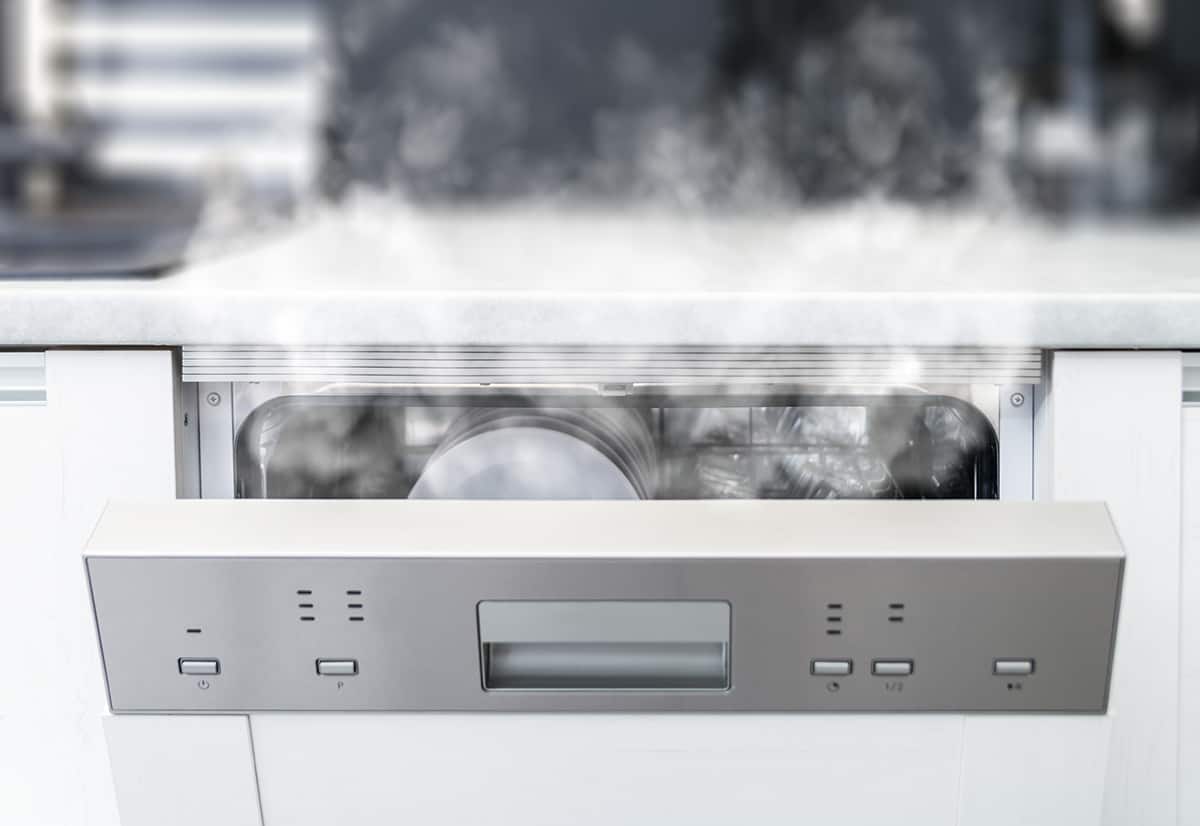

Articles
How Hot Does Dishwasher Get
Modified: October 19, 2024
Discover the temperature range of dishwasher cycles and learn how hot dishwashers get with informative articles on this topic.
(Many of the links in this article redirect to a specific reviewed product. Your purchase of these products through affiliate links helps to generate commission for Storables.com, at no extra cost. Learn more)
Introduction
When it comes to household chores, dishwasher technology has revolutionized the way we clean dishes. No longer do we have to spend hours scrubbing and rinsing plates, glasses, and cutlery by hand. Dishwashers have become an essential appliance in modern homes, offering convenience and efficiency.
One of the key aspects of dishwasher functionality is its ability to heat water to high temperatures, effectively removing dirt, grease, and bacteria from your dishes. But have you ever wondered how hot your dishwasher actually gets? In this article, we will explore the heating capabilities of dishwashers, the different temperature settings available, safety considerations, and various factors that can affect the temperature achieved.
By understanding the temperature range of your dishwasher, you can ensure that your dishes are being cleaned thoroughly and hygienically, while also optimizing the performance and lifespan of your appliance.
Key Takeaways:
- Dishwashers can reach temperatures of up to 170°F during the sanitize cycle, effectively killing bacteria and ensuring hygienically clean dishes. Understanding temperature settings and safety considerations is crucial for optimal performance.
- Factors such as water temperature, load size, and detergent effectiveness can impact the temperature achieved in your dishwasher. Proper maintenance and adjustments can optimize temperature performance for effective cleaning.
Read more: How Hot Does Fireplace Get
How Dishwashers Work
Dishwashers are designed to automate and streamline the dishwashing process. They feature a combination of mechanical, electrical, and plumbing components to efficiently clean and sanitize your dishes.
The basic working principle of a dishwasher involves spraying hot water onto the dishes while using detergent and mechanical agitation to remove food particles and debris. Let’s take a closer look at the main components and steps involved in the dishwasher process:
- Water inlet: The dishwasher is connected to a water supply line that provides the necessary water for the cleaning cycle. The water enters the dishwasher through an inlet valve.
- Detergent dispenser: Dishwashers have a built-in detergent dispenser where you can add dishwasher-specific detergent. This detergent is designed to break down food residue and grease on your dishes.
- Spray arms: Once the dishwasher is loaded with dirty dishes and the detergent is added, the spray arms swing into action. They are responsible for spraying hot water onto the dishes. The spray arms have small nozzles that distribute the water evenly and effectively.
- Heating element: One of the crucial components of a dishwasher is the heating element. It is responsible for raising the water temperature to remove tough stains and kill bacteria. The heating element can be either an electric coil or a heating element powered by the dishwasher’s main water heater.
- Filtration system: As the water circulates during the cleaning cycle, it passes through a filter system that helps to trap food particles and prevent them from re-depositing on the dishes. Regular cleaning and maintenance of the filter are essential for optimal dishwasher performance.
- Drain pump: Once the cleaning cycle is complete, the dishwasher uses a drain pump to remove all the dirty water from the machine. The dirty water is pumped out through a drain hose connected to your kitchen plumbing system.
- Drying process: Dishwashers employ various methods for drying your dishes. Some models use a heating element to evaporate the remaining moisture, while others use a fan to circulate air and dry the dishes. Newer dishwasher models even feature a condensation drying method, where the hot water and steam inside the dishwasher naturally dry the dishes.
Understanding how these components work together enables you to appreciate the efficiency and effectiveness of your dishwasher. Now that we have a basic understanding of how dishwashers function, let’s delve into the heating element and its role in achieving high temperatures.
Heating Element in Dishwashers
The heating element is a vital component of a dishwasher that is responsible for elevating the water temperature to effectively clean and sanitize your dishes. It plays a crucial role in removing tough stains, grease, and killing bacteria.
Most dishwashers use one of two types of heating elements: electric heating elements or heat exchangers connected to your home’s hot water supply. Let’s explore each type in detail:
- Electric heating elements: Many dishwashers utilize electric heating elements to heat the water. These heating elements typically consist of metal coils that are heated when an electric current passes through them. The heat generated by the coils warms the water in the dishwasher’s tub, raising the temperature for effective cleaning. Electric heating elements are known for their fast heating capabilities, ensuring that the water reaches the desired temperature quickly.
- Heat exchangers: Some high-end dishwashers are designed to connect to your home’s hot water supply instead of using an internal heating element. These dishwashers utilize heat exchangers to transfer the hot water from your home’s supply to the dishwasher. The heat exchanger works by transferring heat from the hot water source to the water in the dishwasher’s tub. This method can be more energy-efficient since it utilizes pre-heated water from your home’s hot water supply, reducing the dishwasher’s reliance on electric heating elements.
The heating element works in conjunction with the dishwasher’s temperature settings to ensure that the water reaches the desired temperature for effective cleaning. Let’s explore the different temperature settings available in dishwashers in the next section.
Temperature Settings in Dishwashers
Dishwashers offer various temperature settings to cater to different cleaning needs and to accommodate different types of dishes and utensils. These temperature settings allow you to customize the cleaning process based on the level of dirt and the material of the dishes being washed. Let’s explore the typical temperature settings found in dishwashers:
- Normal wash: The normal wash setting is the standard setting for everyday dishwashing. It usually utilizes a combination of hot water and detergent to remove food particles and grease. The temperature for the normal wash setting typically ranges from 120°F to 140°F (49°C to 60°C). This temperature is effective in cleaning most dishes and utensils.
- Heavy-duty wash: The heavy-duty wash setting is designed to tackle heavily soiled dishes and stubborn stains. This setting typically utilizes higher water temperatures to achieve a more thorough clean. The temperature for the heavy-duty wash setting can range from 140°F to 160°F (60°C to 71°C) or higher.
- Sanitize: The sanitize setting is a high-temperature setting designed to kill bacteria and other microorganisms on your dishes. It is particularly useful for sterilizing baby bottles, cutting boards, and other items that require a higher level of cleanliness. The temperature for the sanitize setting can reach up to 170°F (77°C) or higher, ensuring the elimination of harmful bacteria.
- Quick wash: The quick wash setting is a convenient option for when you need to clean lightly soiled dishes quickly. This setting typically uses lower temperatures and reduces the overall wash time. The temperature for the quick wash setting is usually around 110°F to 120°F (43°C to 49°C).
- Prewash/rinse: Many dishwashers offer a prewash or rinse setting, which helps to remove loose food particles before running a full wash cycle. The temperature for the prewash or rinse setting is typically lower than other settings, ranging from 95°F to 110°F (35°C to 43°C).
It’s important to note that the actual temperature ranges mentioned above may vary between dishwasher models. Always refer to your dishwasher’s user manual for specific temperature settings and recommendations.
The temperature setting you choose will depend on the level of cleanliness required, the material of the dishes being washed, and any specific cleaning needs you may have. Now, let’s explore the maximum temperature that dishwashers can reach.
Most dishwashers reach a temperature of 140-145°F (60-65°C) during the wash cycle. This high temperature helps to effectively clean and sanitize your dishes.
Maximum Temperature in Dishwashers
The maximum temperature that dishwashers can reach varies depending on the model and manufacturer. Generally, most dishwashers are designed to heat water to a maximum temperature of around 170°F (77°C) during the sanitize cycle. This high temperature is effective in killing bacteria and ensuring hygienic and clean dishes.
However, it’s important to note that not all dishwashers reach this maximum temperature during every cycle. Some dishwashers may have lower maximum temperature limits, especially for their normal or quick wash cycles. The maximum temperature attained also depends on the temperature of the water entering the dishwasher from the hot water supply.
Manufacturers design dishwashers to maintain a consistent and safe temperature throughout the washing cycle. This ensures that the dishes are effectively cleaned without causing damage to delicate items or affecting the integrity of certain dishwasher-safe materials.
In addition to the maximum temperature during the cleaning cycle, some dishwashers also provide a drying cycle to remove excess moisture from the dishes. The drying cycle can involve heating elements, fans, or condensation methods to aid in the drying process. The temperature during the drying cycle is typically lower than the cleaning cycle, ranging from 120°F to 140°F (49°C to 60°C).
It’s worth mentioning that dishwashers are designed with safety features to prevent overheating and minimize the risk of accidents. These safety features can include temperature sensors, overheat protection, and automatic shut-off mechanisms. Always follow the manufacturer’s guidelines and safety recommendations to ensure the proper use of your dishwasher.
Now that we understand the maximum temperature capabilities of dishwashers, let’s explore some safety considerations when using these appliances.
Read more: How Hot Does A Chimney Get
Safety Considerations
While dishwashers provide convenience and efficiency in cleaning dishes, it’s important to keep certain safety considerations in mind for their proper and safe operation:
- Select appropriate materials: It’s essential to use dishwasher-safe materials when loading your dishwasher. Some delicate items, such as crystal, fine china, and certain plastics, may not be suitable for dishwasher cleaning. Always check the manufacturer’s guidelines or labels on your dishes to ensure they are dishwasher-safe. Using unsuitable materials can lead to warping, cracking, or discoloration of your dishes.
- Load dishes properly: Properly load your dishes in the dishwasher to ensure a thorough clean and to prevent damage. Avoid overcrowding the dishwasher, as it can disrupt water flow and hinder effective cleaning. Leave enough space between dishes to allow water and detergent to reach all surfaces.
- Follow temperature guidelines: Adhere to the recommended temperature settings and guidelines provided by the dishwasher manufacturer. Using excessively high temperatures or inappropriate settings can damage dishes, melt plastic items, or cause other safety hazards.
- Be cautious with hot dishes: After a dishwasher cycle, dishes can be hot. Use oven mitts or heat-resistant gloves when handling hot dishes to avoid burns or injuries. Allow the dishes to cool down before removing them from the dishwasher.
- Maintain and clean your dishwasher: Regularly clean the dishwasher’s filter and spray arms to ensure optimal performance. A dirty or clogged filter can impact the water temperature and the effectiveness of the cleaning process. Follow the manufacturer’s recommendations for maintenance and cleaning procedures.
- Keep children away: Dishwashers may be a tempting curiosity for children. To prevent accidents, ensure that children are kept away from the dishwasher during operation. Educate them about the potential hazards associated with hot water and detergents.
By following these safety considerations, you can ensure that your dishwasher operates efficiently and safely, prolonging its lifespan and preventing any potential accidents. Additionally, understanding the factors that can affect the temperature achieved in your dishwasher can further improve its performance.
Let’s explore some of the factors that can influence the temperature in your dishwasher in the next section.
Factors Affecting Dishwasher Temperature
Several factors can affect the temperature achieved in your dishwasher during the cleaning cycle. Understanding these factors can help you optimize the performance of your dishwasher and ensure that the water reaches the desired temperature for effective cleaning:
- Water temperature: The temperature of the water entering the dishwasher plays a significant role in determining the overall wash temperature. If your dishwasher is connected to a cold water supply, it will take longer for the water to reach higher temperatures. On the other hand, if your dishwasher is connected to a hot water supply, it can start the cleaning process at a higher temperature, resulting in better cleaning performance.
- Load size and density: The size and density of the dishes being washed can impact the temperature achieved in the dishwasher. Overloading the dishwasher with too many dishes can inhibit water circulation and reduce the overall temperature. It’s important to load the dishwasher properly, leaving enough space between the dishes to allow for effective water flow and temperature distribution.
- Detergent effectiveness: The quality and effectiveness of the dishwasher detergent can significantly affect the cleaning temperature. Using a high-quality detergent specifically designed for dishwashers ensures that the water temperature is utilized efficiently for breaking down grease, food particles, and stains.
- Water pressure: The water pressure supplied to your dishwasher can impact the temperature achieved during the cleaning cycle. Low water pressure may result in lower temperatures, reducing the cleaning effectiveness. Ensure that you have proper water pressure in your home and clean any clogs or obstructions in the water supply line.
- Insulation and construction: The insulation and construction of your dishwasher can impact its ability to retain heat. A well-insulated dishwasher will have better heat retention, allowing for higher water temperatures throughout the cleaning cycle. Look for dishwashers with proper insulation and energy-efficient features to ensure optimal temperature performance.
- Water hardness: The hardness of the water used in your dishwasher can affect its temperature performance. Hard water, which contains high levels of minerals like calcium and magnesium, can affect the dishwasher’s heating element and reduce its efficiency. Regularly descaling your dishwasher and using water softeners, if necessary, can help maintain optimal temperature performance.
By considering these factors and making appropriate adjustments, you can optimize the temperature achieved in your dishwasher for maximum cleaning effectiveness. Regular maintenance, proper loading, and using the right detergents are key to achieving the desired temperature and ensuring hygienically cleaned dishes.
Now, let’s summarize the key points discussed in this article.
Conclusion
Dishwashers have become a vital appliance in modern households, offering convenience and efficiency in cleaning dishes. The heating element in dishwashers plays a crucial role in raising the water temperature, effectively removing dirt, grease, and bacteria from your dishes. Understanding the heating capabilities of your dishwasher can help ensure thorough and hygienic cleaning while optimizing performance.
Dishwashers offer various temperature settings to accommodate different cleaning needs, including normal wash, heavy-duty wash, sanitize, quick wash, and prewash/rinse. These settings allow you to customize the cleaning process based on the level of dirt and the material of the dishes being washed.
Most dishwashers have a maximum temperature of around 170°F (77°C) during the sanitize cycle, effectively killing bacteria and ensuring clean and hygienic dishes. However, it’s important to follow manufacturer guidelines and safety considerations to prevent damage and ensure safe operation.
Factors that can affect the temperature achieved in your dishwasher include water temperature, load size and density, detergent effectiveness, water pressure, insulation and construction, and water hardness. Taking these factors into account and making appropriate adjustments can optimize the temperature performance of your dishwasher.
Remember to follow safety considerations such as selecting appropriate materials, proper loading, and being cautious with hot dishes. Regular maintenance and cleaning of your dishwasher are essential for efficient operation.
By understanding how your dishwasher works and maximizing its temperature capabilities, you can ensure the cleanliness and hygiene of your dishes while enjoying the convenience and ease that a dishwasher brings to your daily life.
Frequently Asked Questions about How Hot Does Dishwasher Get
Was this page helpful?
At Storables.com, we guarantee accurate and reliable information. Our content, validated by Expert Board Contributors, is crafted following stringent Editorial Policies. We're committed to providing you with well-researched, expert-backed insights for all your informational needs.






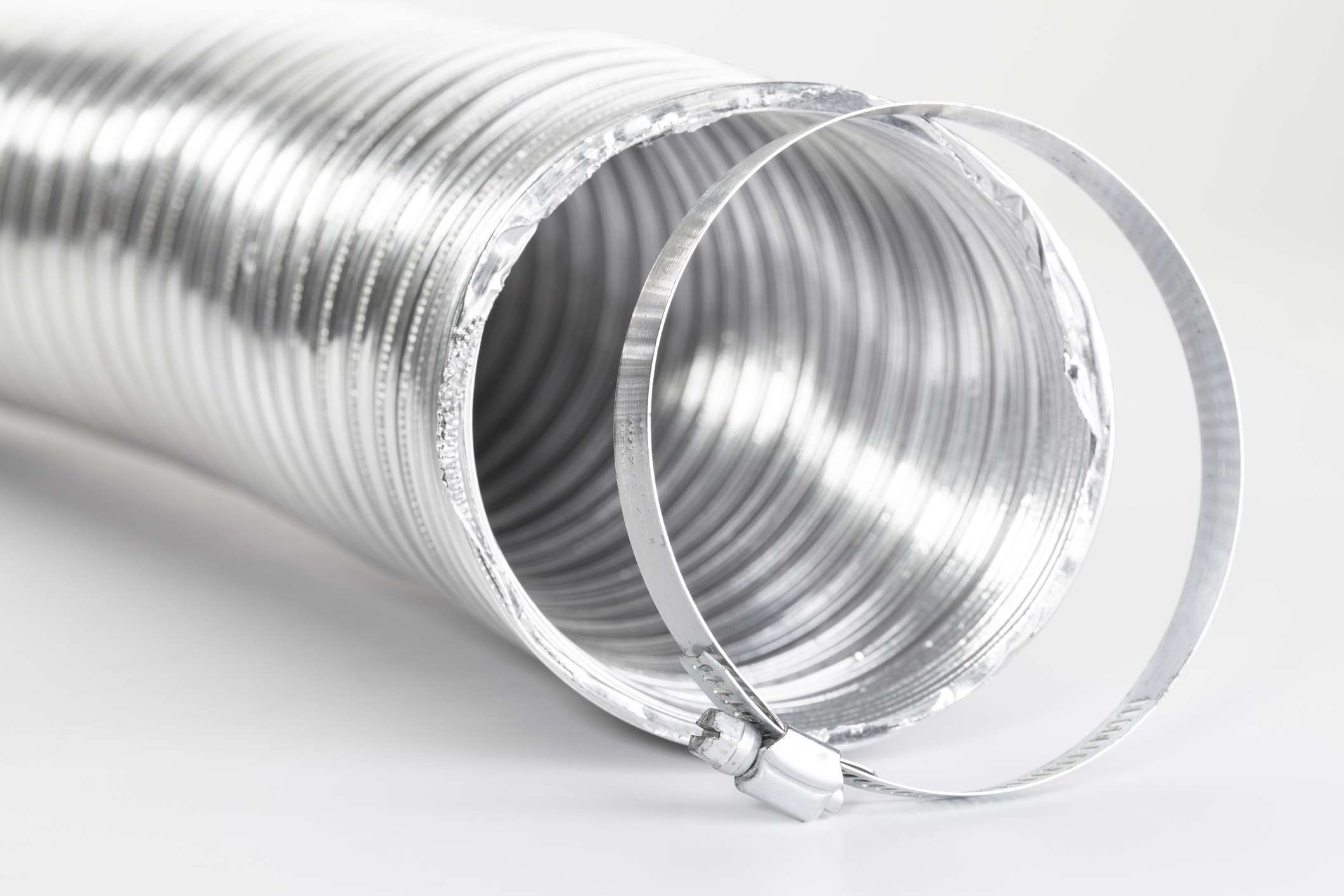


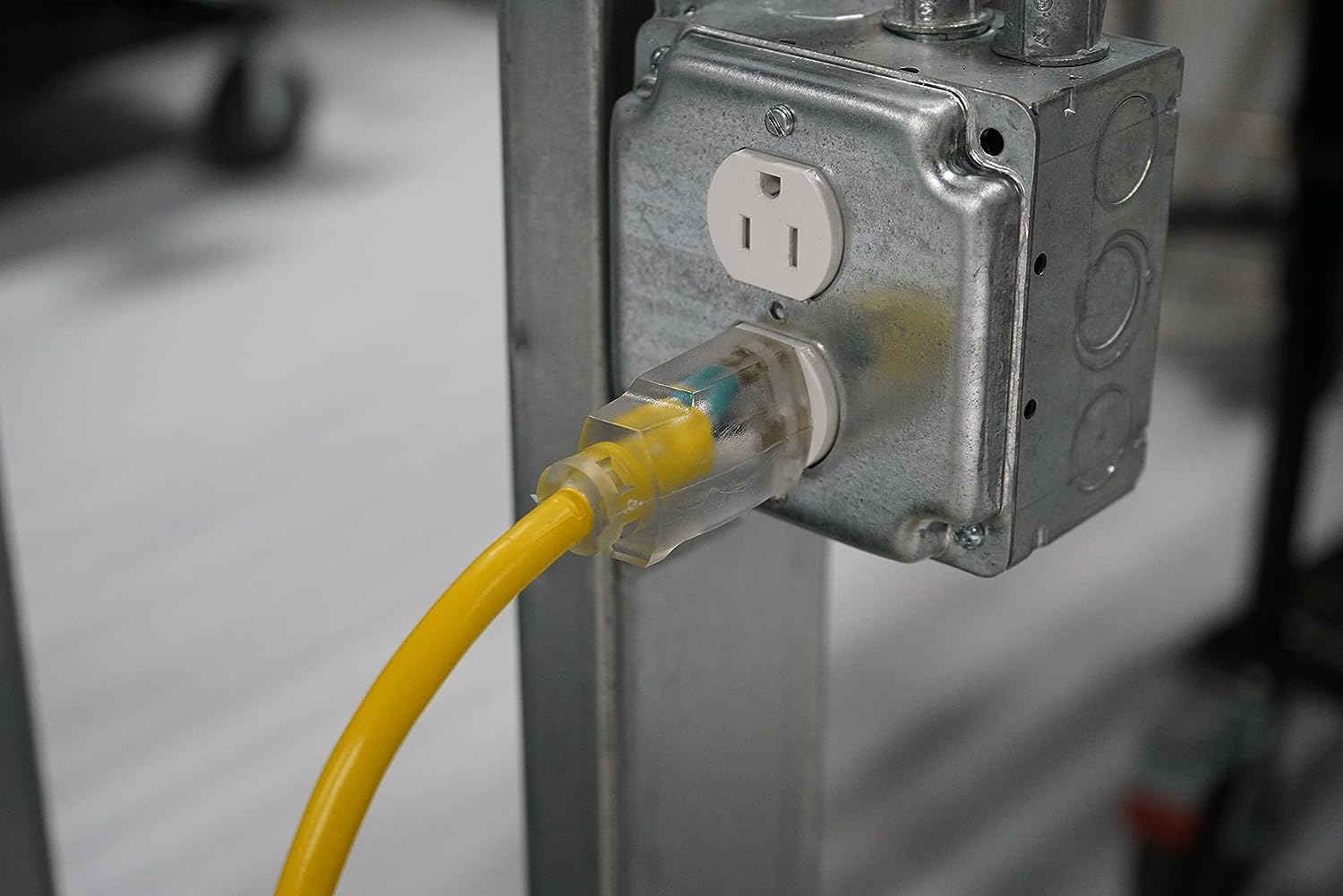
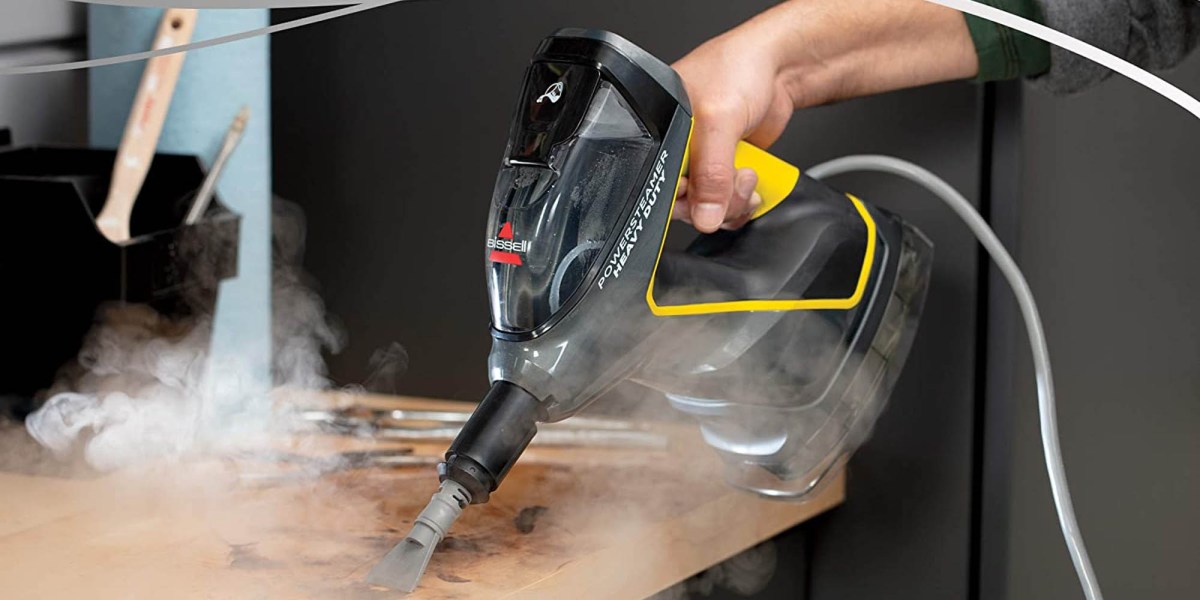
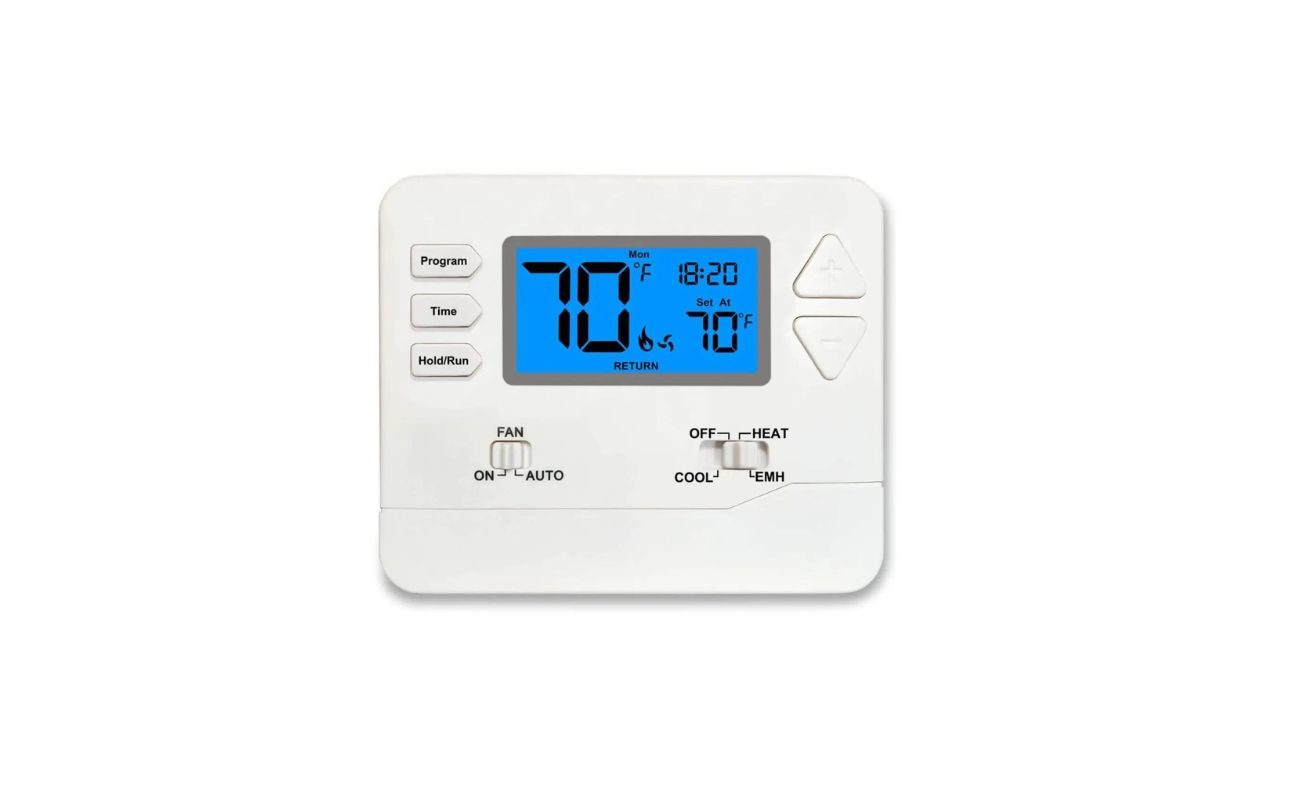

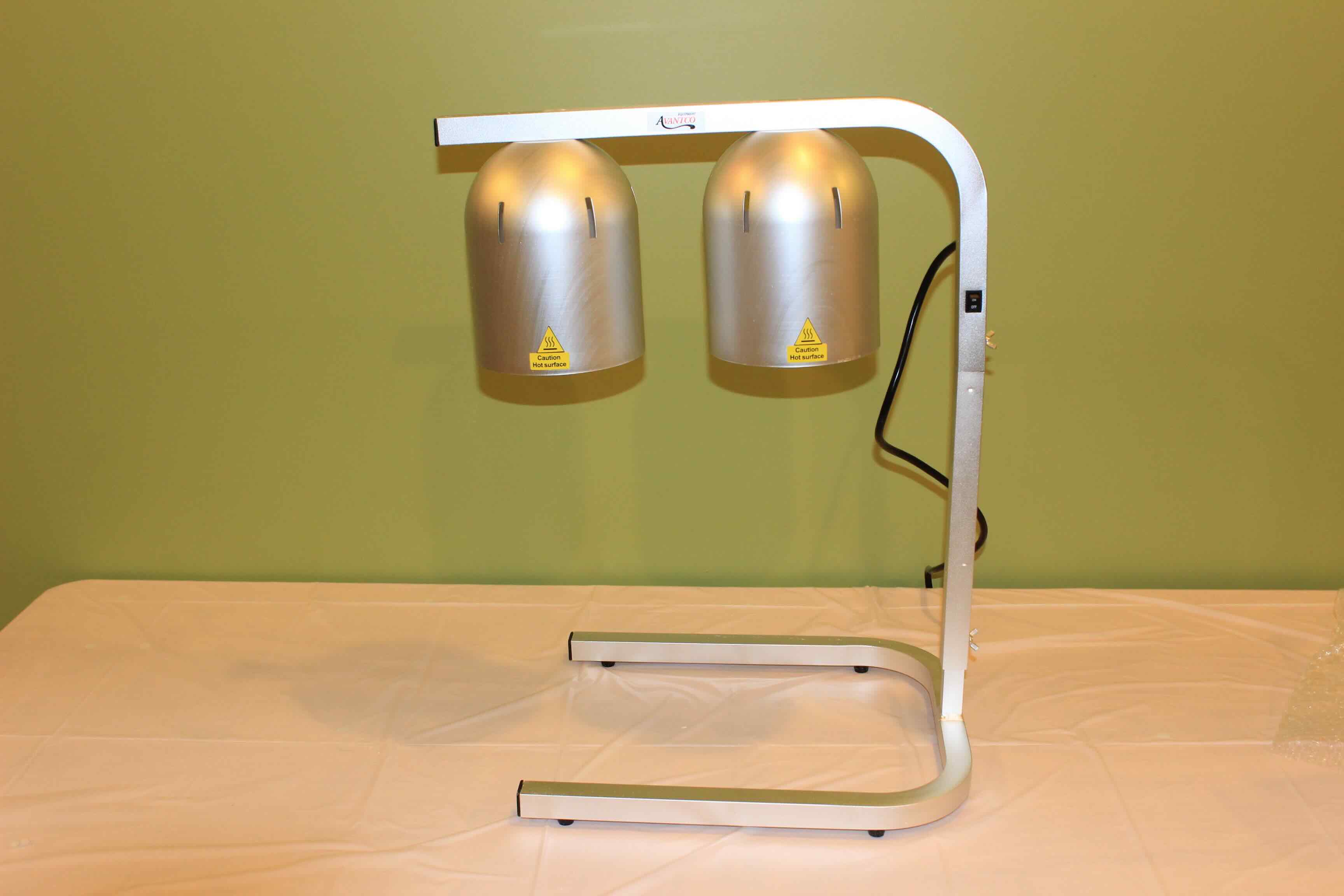

0 thoughts on “How Hot Does Dishwasher Get”